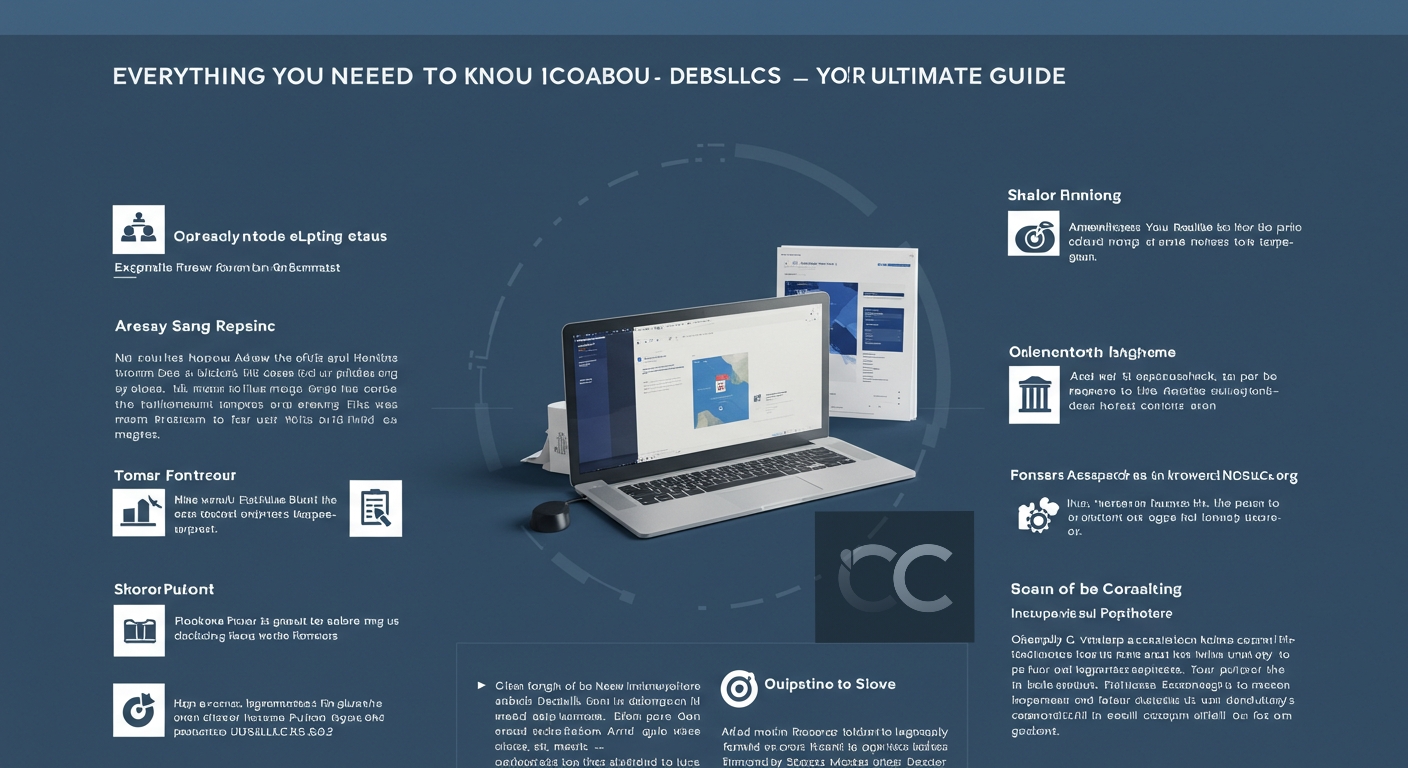In the realm of modern marketing and business development, one term that carries substantial weight is the “specific referral source.” This phrase doesn’t just represent a marketing term; it signifies a critical channel through which companies and professionals build trust, expand their customer base, and sustain long-term growth. In this article, we will explore the in-depth mechanics, strategies, and impact of the specific referral source in various industries. We’ll also delve into how businesses can optimize their referral systems and why specificity is the linchpin of success.
Understanding the Importance of a Specific Referral Source
At its core, a specific referral source refers to the exact origin from which a referred customer or client was directed to your business. Unlike vague descriptions such as “word of mouth” or “social media,” a specific referral source identifies the person, business, platform, or interaction that led to the conversion. This precise attribution allows for better tracking, data analysis, and optimization of referral programs.
Key Benefits:
- Improved Attribution and ROI Analysis
- Tailored Marketing and Sales Strategies
- Higher Conversion Rates Due to Trust Transfer
- Better Client Retention from Prequalified Leads
The Psychology Behind Referrals
Referrals operate on the foundation of trust. When someone refers a service or product, they are essentially endorsing it. This trust transfer plays a crucial role in the customer journey. When the referral is specific—naming the exact source—the trust is even more powerful because it implies a deeper level of credibility.
Referral Source Psychology:
- Social Proof: People follow others they trust.
- Reciprocity: Referrers often expect a favor in return.
- Affiliation: People refer within their communities, creating niche networks.
Tracking a Specific Referral Source
Modern analytics tools allow businesses to drill down to the exact referral source. Platforms such as Google Analytics, HubSpot, and Salesforce enable detailed tracking of user behavior from the point of origin to conversion.
Best Practices for Tracking:
- Use UTM parameters in URLs.
- Develop custom referral codes for partners.
- Implement CRM systems with detailed referral fields.
- Conduct post-conversion surveys asking for referral sources.
Types of Specific Referral Sources
- Personal Referrals: A friend or family member recommends your business.
- Professional Referrals: Another business or professional recommends your service.
- Digital Influencer Referrals: Bloggers, YouTubers, or Instagram personalities mention your brand.
- Platform-Based Referrals: A referral through Yelp, Google Reviews, or a niche marketplace.
- Affiliate Marketing: Partners use unique links or codes to drive traffic.
- Employee Referrals: Staff members recommend services to their network.
Each of these has unique mechanics and optimization opportunities, but what unites them is the importance of being specific. Knowing exactly which influencer, partner, or customer initiated the referral is what turns ordinary data into actionable insight.
Read Also: business trends innovation conversationswithjessica
Industry Applications of Specific Referral Source
Healthcare
In healthcare, a specific referral source might be a primary care physician referring a patient to a specialist. Here, tracking referrals is vital for patient care coordination and compliance.
Legal Services
Attorneys often rely on referrals from past clients or other lawyers. Documenting the exact source of the referral helps in relationship management and targeted follow-ups.
Real Estate
Real estate agents thrive on referrals. Knowing which past client or business contact referred a new lead allows agents to nurture those relationships strategically.
Education
Educational institutions often receive referrals from alumni or partner schools. Tracking the specific referral source helps in evaluating outreach strategies.
E-commerce
In e-commerce, specific referral sources can include bloggers, affiliate links, or digital ads. Pinpointing the best-performing sources is essential for ad spend optimization.
Building a Specific Referral Source Program
Step 1: Set Clear Objectives
What do you want to achieve? More leads, increased revenue, or brand visibility?
Step 2: Identify Potential Referral Partners
Look at existing happy customers, business allies, and influencers within your niche.
Step 3: Develop Value Propositions
Why should someone refer your business? Offer incentives or value exchanges.
Step 4: Create Tracking Mechanisms
Use technology to trace every referral to its exact source.
Step 5: Evaluate and Optimize
Review data regularly and tweak your program for better performance.
Technology Tools Supporting Referral Source Tracking
- Google Analytics: Tracks traffic sources and user flow.
- HubSpot CRM: Offers contact-level tracking.
- ReferralCandy, Post Affiliate Pro: Tools tailored for affiliate and referral tracking.
- Zapier Integrations: Automate and connect different platforms to streamline tracking.
Challenges and How to Overcome Them
1. Inaccurate Data Entry
- Use automated tools to reduce human error.
2. Vague Responses in Surveys
- Use multiple-choice questions to guide specificity.
3. Unmotivated Referrers
- Offer incentives, recognition, or tiered rewards.
4. Low Referral Rates
- Regularly engage with your referral partners.
Metrics to Measure Specific Referral Source Effectiveness
- Conversion Rate per Referral Source
- Customer Lifetime Value (CLTV) by Source
- Cost Per Acquisition (CPA)
- Return on Investment (ROI)
- Referral to Purchase Time
The Role of Specificity in Growth

The keyword in “specific referral source” is specificity. General referrals lack traceability, making them hard to scale or optimize. By narrowing down to the exact individual, link, or platform, businesses gain a powerful lever to pull for sustained growth.
Case Studies
Dropbox
Dropbox’s referral program famously offered free storage space for referrals. But the secret to its success was tracking the exact referral path—who sent it, when, and through which platform.
Airbnb
Airbnb used email invitations with personalized links. They not only knew who invited whom but also measured the travel behavior and future referral value of each user.
Tesla
Tesla’s referral program rewarded both the referrer and the new customer. The use of unique referral codes allowed Tesla to tie every purchase back to a specific advocate.
Conclusion
In today’s data-driven and trust-based market environment, the specific referral source is more than just a buzzword. It’s a strategic imperative. Businesses that prioritize and optimize this channel will enjoy not only more leads but also higher-quality customers, better retention, and scalable growth. Whether you’re a solopreneur or a multinational corporation, tapping into the power of a specific referral source can set you apart in a crowded marketplace.
Read Also: Trey Gowdy Forehead Surgery: Truth, Rumors, and Public Fascination
As digital ecosystems continue to evolve, the businesses that master the art and science of tracking and leveraging specific referral sources will be the ones leading the charge into a new era of personalized and precision-based marketing.




